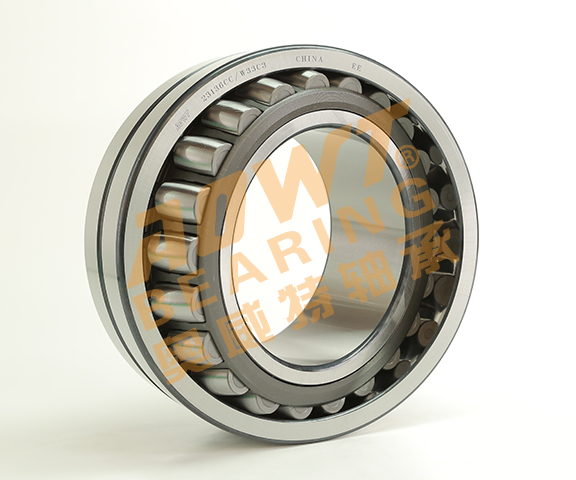Bearing Materials
Bearing Materials
Blog Article

Bearing Materials
When it comes to designing high-quality bearings, the choice of bearing materials plays a crucial role in determining their performance and longevity. Various materials are used in the manufacturing of bearings, each with its unique properties and advantages. For instance, some common bearing materials include:
- Steel: Steel is a widely used material in bearing manufacturing due to its strength, durability, and resistance to wear. It is suitable for a wide range of applications and offers excellent performance under heavy loads.
- Ceramics: Ceramic bearings are known for their high temperature resistance, corrosion resistance, and lightweight properties. They are often used in specialized applications where traditional materials may not suffice.
- Plastics: Plastic bearings are preferred for their corrosion resistance, self-lubricating properties, and ability to dampen vibrations. They are commonly used in industries where chemical resistance is crucial.
If you are looking for a reliable source of bearing materials, consider exploring Www for a wide range of options to suit your specific needs. Understanding the characteristics of different materials can help in selecting the most suitable option for your application.
Roller Bearings Applications
Roller bearings are essential components in numerous industrial applications due to their ability to support heavy loads and reduce friction. One common dilemma faced by engineers is choosing between Tapered Roller Bearings Or Spherical Roller Bearings based on the specific requirements of the machinery.
For example, in automotive applications, tapered roller bearings are commonly used in wheel hubs to support radial and axial loads efficiently. On the other hand, spherical roller bearings find extensive use in conveyor systems where misalignment and heavy loads are prevalent.
Understanding the applications and advantages of each type is crucial in making an informed decision for optimal performance. By considering factors such as load capacity, speed, and operating conditions, engineers can select the most suitable roller bearing for their specific application.
Types of Bearings
1. Ball Bearings
Ball bearings are the most common type of bearing, known for their versatility and high radial and axial load capacities. These bearings use balls to maintain separation between the inner and outer races, enabling smooth rotation and reduced friction. They are widely used in applications such as electric motors, household appliances, and industrial machinery.
2. Roller Bearings
Roller bearings utilize cylindrical elements to support heavy loads with minimal friction. They are ideal for applications requiring high radial load capacity and can be further classified into various subtypes such as cylindrical, tapered, and spherical roller bearings. Roller bearings are commonly found in industries such as aerospace, automotive, and construction.
3. Thrust Bearings
Thrust bearings are designed to support axial loads and maintain shaft alignment in applications where radial bearings are not suitable. These bearings come in different configurations, including ball thrust bearings and roller thrust bearings, depending on the specific load requirements. They are commonly used in machinery such as gearboxes, pumps, and marine propulsion systems.
4. Plain Bearings
Plain bearings, also known as bushings or sleeve bearings, operate with a sliding motion rather than rolling elements. They are commonly used in applications where low speeds and heavy loads are present, offering simplicity and cost-effectiveness in various industrial settings. Plain bearings are prevalent in equipment such as agricultural machinery, hydraulic systems, and industrial pumps.
5. Spherical Bearings
Spherical bearings are designed to accommodate misalignment and angular movements in machinery. These bearings feature an outer ring with a spherical inner surface, allowing for smooth rotation and compensation for shaft deflections, making them suitable for applications with oscillating or tilting motions. They are commonly used in applications such as articulating joints, heavy machinery, and construction equipment.
For a detailed overview of the various types of bearings and their applications, you can visit Bearing Types You Should Know to expand your knowledge and make informed decisions when selecting bearings for your specific needs.
In Conclusion
Choosing the right bearing materials and types is crucial for ensuring optimal performance and longevity of machinery in various industries. By understanding the properties and applications of different bearings, engineers and manufacturers can make informed decisions to enhance efficiency and reliability in their operations.
Whether you are looking for high-quality bearing materials or seeking guidance on selecting the right type of bearing for your application, reputable sources like Www can provide a wide range of options and expert advice to meet your requirements. Investing in the right bearings can lead to improved productivity, reduced maintenance costs, and enhanced equipment performance in the long run.
Report this page